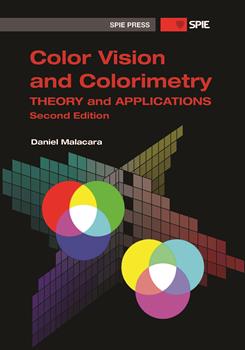SPIE Journal Paper | 23 May 2022

KEYWORDS: Wavefronts, Optical testing, Optical engineering, Optical spheres, Wavefront sensors, Eye, Chromatic aberrations, Spherical lenses, Light sources, Interferometers
The mathematical tools to calculate surface and wavefront local curvatures have been growing in importance because, when studying and evaluating some optical systems, the local curvature becomes extremely important. Many practical methods have been created to measure the wavefront shape and local curvatures as well as many mathematical tools to describe them. These methods are very useful in ophthalmology mainly for corneal evaluation, but the methods are now being used in other fields of optical metrology, especially in optical testing, interferometric wavefront description, and others. In some instruments and optical devices, mainly ophthalmic and optometric instruments, the local curvatures distribution over the pupil of an optical system is more important than the wavefront topography. A typical example is a human eye, in which corneal topographers, eye aberrometers, and several other instruments are used to measure the local curvatures. In particular, the main aspects of the curvature calculation at a given point for different slopes in any direction are introduced. The principal curvatures, mean, Gaussian, cylindrical, tangential, and sagittal curvatures are described. In the second part of this review, we describe the main methods and devices for wavefront sensing, measuring elevations, slopes, or curvatures. We conclude with a description of some methods to measure and calculate local curvatures from wavefront sensors by measuring the wavefront elevations, the transverse aberrations (slopes), or directly the curvatures.




